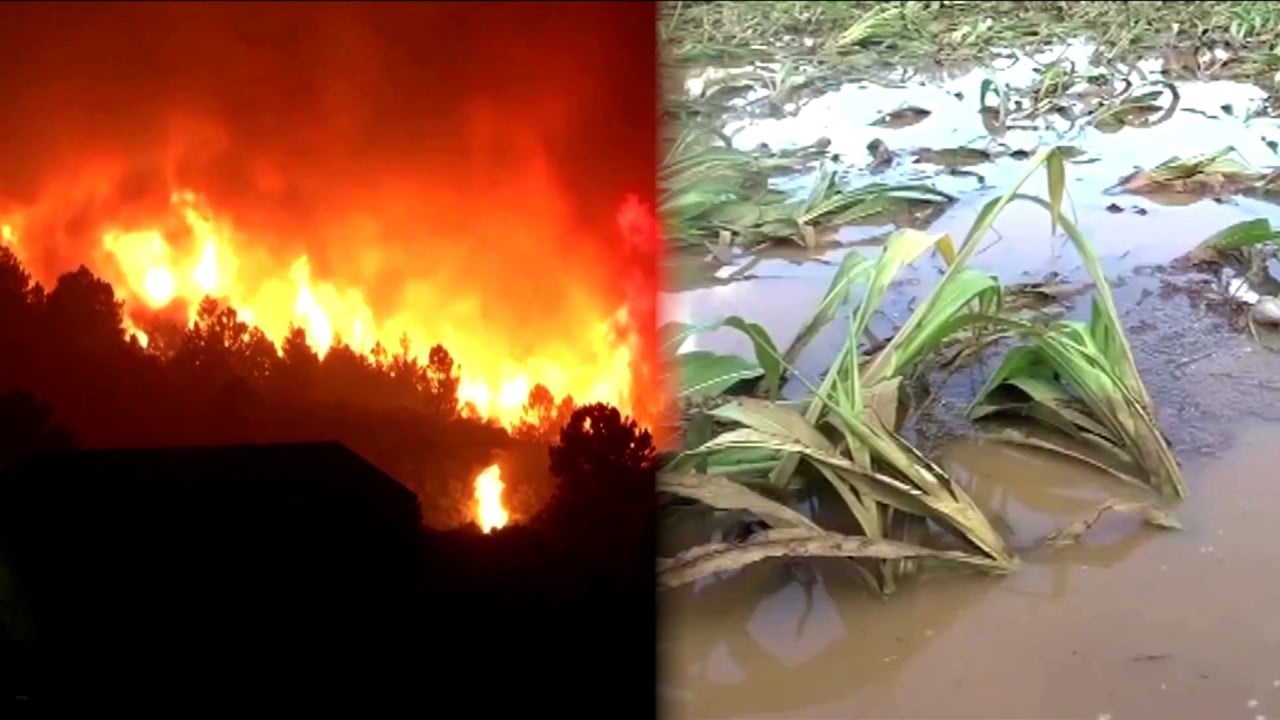Explainer | From China to the US, how El Nino is helping drive heatwaves and extreme weather
- El Nino is a natural phenomenon that contributes to higher temperatures in many parts of the world, and also drives tropical cyclones and boosts rainfall and flood risks
- The last time a strong El Nino was in full swing, in 2016, the world saw its hottest year on record.

Scientists told Reuters that climate change and El Nino are the major drivers of extreme heat that have seen temperature records broken in Beijing and Rome, while leaving some 80 million Americans under excessive heat warnings.
In June, the US National Oceanic and Atmospheric Administration (NOAA) declared that an El Nino is now under way. The past three years have been dominated by the cooler La Nina pattern.
Scientists have warned that this year looks particularly worrying. The last time a strong El Nino was in full swing, in 2016, the world saw its hottest year on record. Meteorologists expect that this El Nino, coupled with excess warming from climate change, will see the world grapple with record-high temperatures.
“We’re in unprecedented territory,” said Michelle L’Heureux, a meteorologist with NOAA’s Climate Prediction Center.

